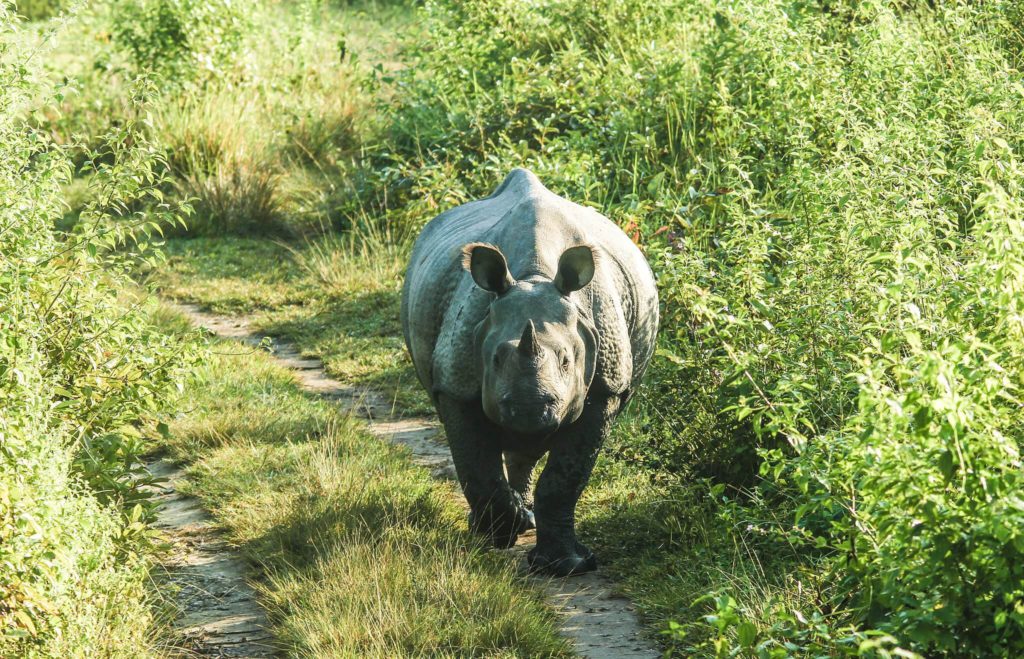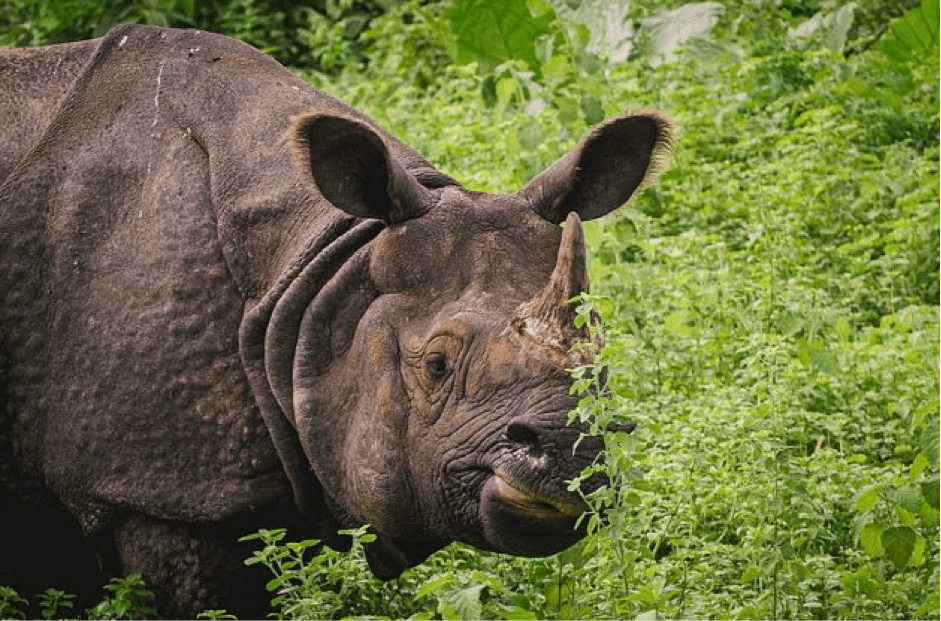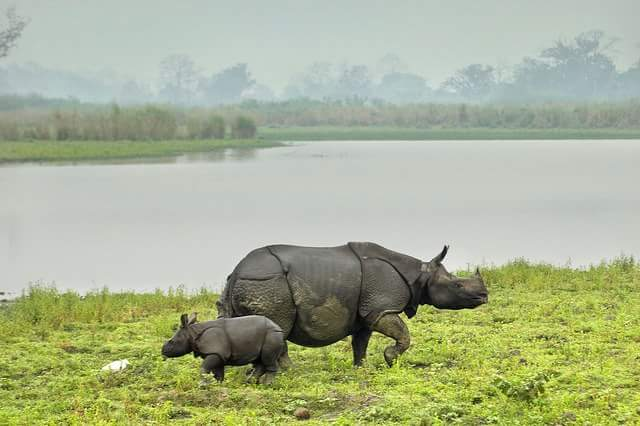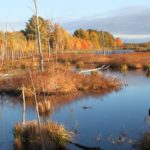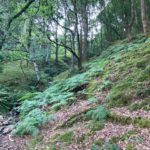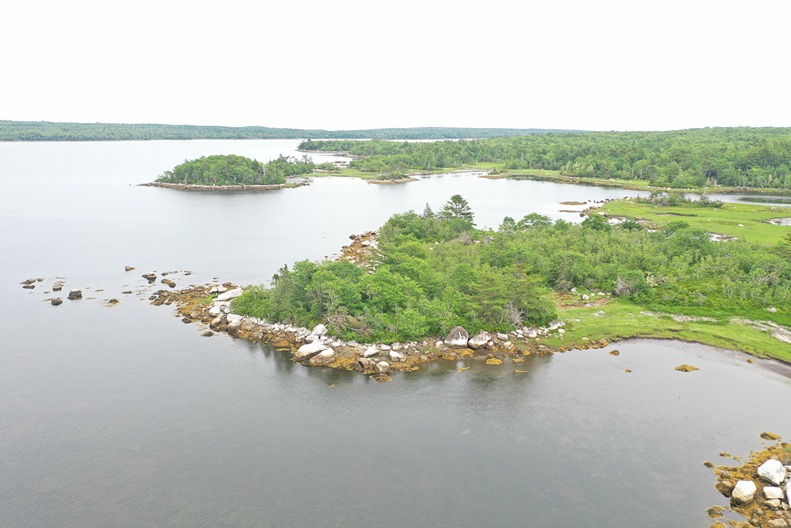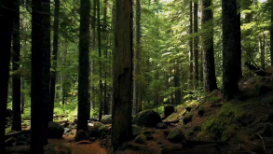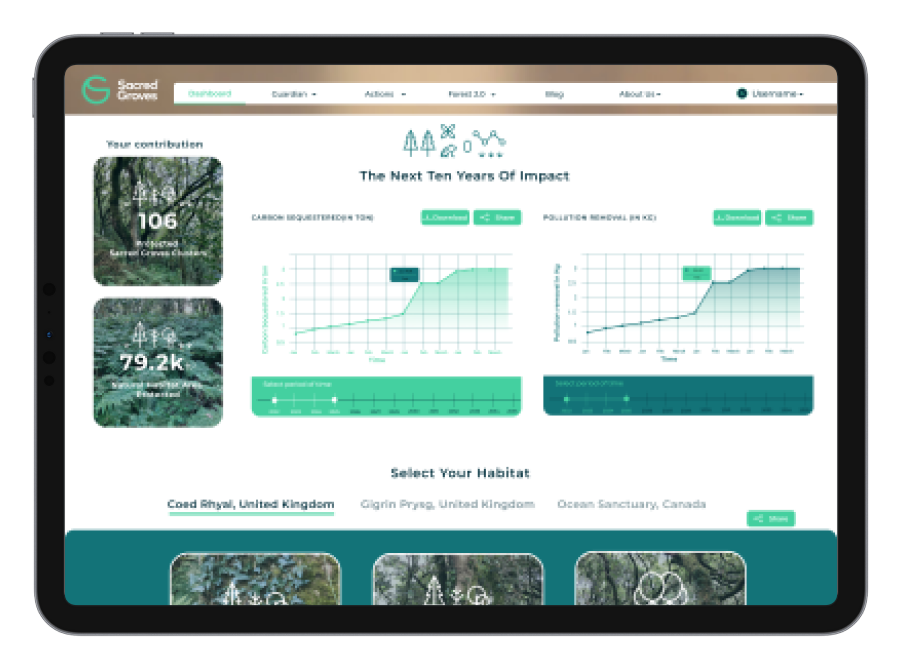The revival of Manas National Park in Assam is one of India’s greatest rewilding stories. By 2000, its flora and fauna (including rare and endangered species like the tiger, greater one-horned rhino, swamp deer, pygmy hog and Bengal florican) had been almost completely decimated as the forest was the epicenter of the Bodoland conflict. Peace and focused conservation have brought these species back and Manas has become a symbol of pride for the Assamese.
Once upon a time in India’s Northeast, there was a vast forest through which a river flowed. Until the mid-1980s, its grasslands were home to rare and endangered one-horned rhinoceroses, tigers, elephants and pygmy hogs. However, it became an arena of violent socio-political conflict when the local Bodos began agitating for a separate state. Forest management took a back seat and by 2000, Manas was almost completely stripped of its rich flora and fauna, including all its 100 rhinos. It was at this time that the Wildlife Trust of India (WTI) along with the International Fund for Animal Welfare (IFAW) intervened to help these threatened animals. “While there were no rhinos left in Manas National Park, our assessment was that it was still capable of being a healthy habitat for rhinos,” says Vivek Menon, executive director, WTI. In conjunction with the Bodoland Territorial Council and the forest department of Assam, WTI-IFAW created a unique programme in 2002 to revive Manas and its biodiversity, embodied by the one-horned rhino.
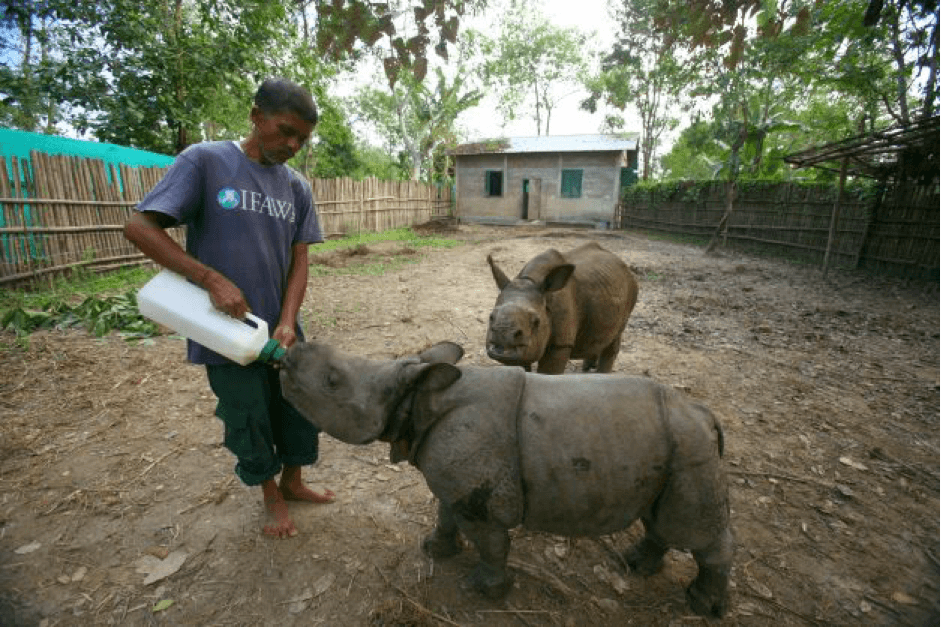
“We set up India’s first rescue and rehabilitation centre, Centre for Wildlife Rehabilitation and Conservation (CWRC), near a protected area – in this case, Kaziranga,” says Menon. Here, orphaned rhino calves are hand-reared (some even bottle-fed) for up to three years. “Then we transport them to Manas, allow a one-year period for acclimatisation in controlled but wild conditions and then release them into the jungle,” he says. The presence of the one-horned rhino, the largest herbivore of the grasslands, is a sign that the habitat is in good ecological health. “This augurs well for smaller, lesser-known grassland animals such as pygmy hogs,” he says. For the rhino’s continued survival, its grassland habitat was protected and rewilded.
“Unlike other species that have adapted to diverse habitats, rhinos can only survive in grasslands, that too on very specific grasses,” Menon explains.
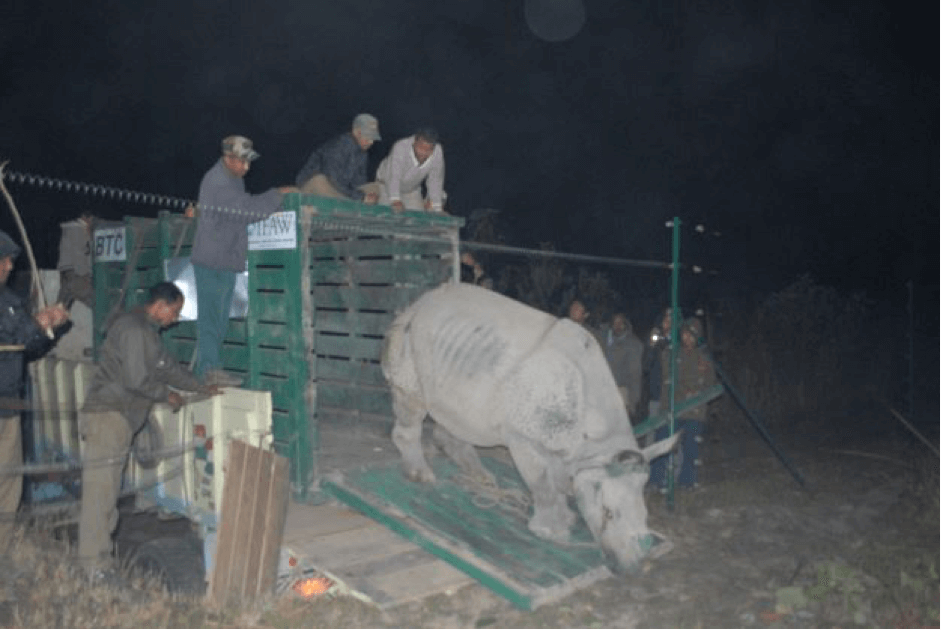
In 2011, Manas National Park was removed from the List of World Heritage in Danger and was commended for its efforts in preservation. Last month, the 12th annual camera trapping survey conducted in the forest recorded a three-fold increase in the number of adult tigers – an indicator species for forests rich in biodiversity, in the park. The return of Manas’ wildlife, including rhino conservation efforts, has positive connotations not only for wildlife conservation but also for the communities around the protected areas. For the Bodos, and the Assamese, the Manas turnaround symbolises a resurgence of their ethnic pride, which has taken a battering in the last few decades.
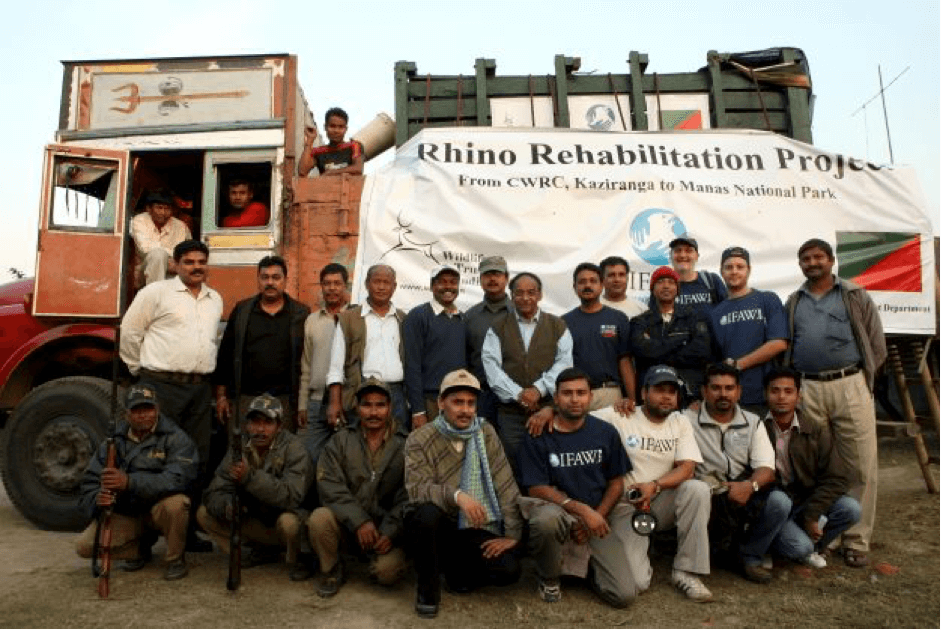
“When we began this project, I never doubted nature’s resilience for a minute,” Menon says. Today, Manas represents hope – hope that it is possible to reverse some of the depredations of poaching, social unrest and climate change on nature; hope that in spite of, and with some help from, humankind, the law of the jungle can prevail once more.
Author: Geetanjali Krishna, The India Story Agency for Sacred Groves
Images Credit: Rhino banner image – Zahir Abbas/ Wikimedia Commons, 1. Gitartha Bordoloi/ Wikimedia Commons, 2. Kaushik Saikia/ Wikimedia Commons, 3. Sashanka for WTI-IFAW, 4. Biswajit Baruah for WTI-IFAW, 5. Julia Cumes for WTI-IFAW
(Wikimedia License – https://creativecommons.org/licenses/by-sa/4.0/legalcode)
Did you enjoy this article?
Share with friends to inspire positive action.
